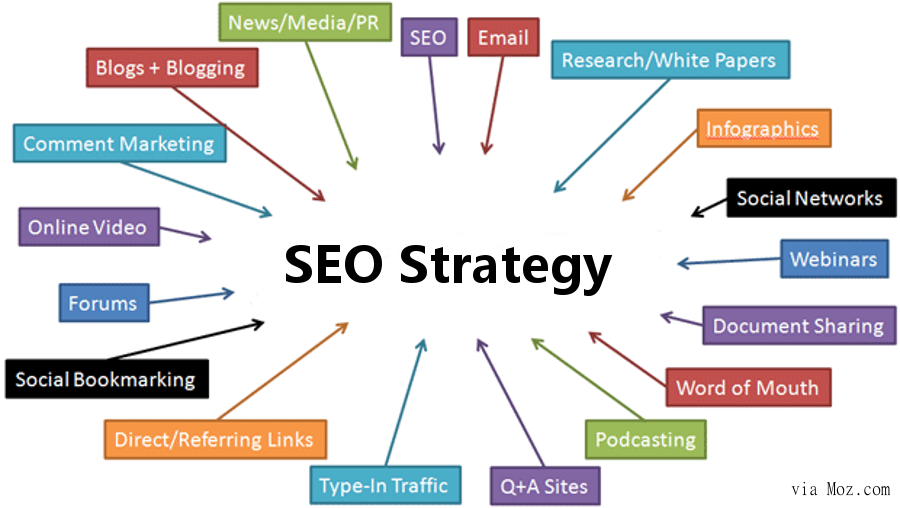Unlocking Insights: Non-default Mediums and SEO in Google Analytics
Wiki Article
Revealing the Unconventional Mediums in Google Analytics Beyond Default Setups
In the realm of digital analytics, Google Analytics stands as a foundation for services seeking to recognize their online visibility. By venturing past the surface area and diving right into the complexities of social media information, e-mail campaign performance, reference website traffic resources, straight traffic patterns, and custom network groups, a treasure trove of info awaits those eager to embrace a much more nuanced technique.
Leveraging Social Media Insights
Sometimes ignored, yet immensely valuable, is the technique of leveraging social media insights within the world of Google Analytics. By incorporating data from platforms like Facebook, Twitter, Instagram, and LinkedIn right into Google Analytics, businesses can acquire a much deeper understanding of their target market and the performance of their social networks projects.Via this integration, marketing professionals can evaluate and track individual behavior on their web site that stems from social media platforms. They can determine which social networks networks are driving one of the most traffic, which content is resonating with the audience, and which campaigns are converting the most leads. This understanding enables data-driven choices to maximize social media sites strategies and improve overall marketing performance.
Moreover, by incorporating social networks insights with Google Analytics, services can produce a lot more targeted and individualized projects - what is not considered a default medium in google analytics. They can utilize market info, rate of interests, and on the internet behaviors collected from social media sites to improve their target market division and provide tailored messages that resonate with details consumer teams. This targeted technique can result in higher interaction, enhanced conversions, and ultimately, boosted return on financial investment
Revealing Email Campaign Performance
Uncovering Email Project Performance involves evaluating essential metrics and efficiency indications to review the efficiency of email marketing initiatives. When delving right into e-mail campaign efficiency, it is important to evaluate metrics such as open prices, click-through prices, conversion prices, and unsubscribe prices. Open up prices show the percentage of recipients that opened the email, supplying understanding into the performance of subject lines and sender names. Click-through rates gauge the portion of recipients that clicked web links within the email, revealing engagement degrees. Conversion rates track the percent of recipients that completed a wanted action after clicking a link in the e-mail, such as making a purchase or authorizing up for a newsletter. Unsubscribe rates highlight the number of recipients that opted out of getting more emails, losing light on email material top quality and significance. By assessing these metrics, marketers can tweak their e-mail advocate much better involvement and efficiency.Studying Reference Traffic Resources
After evaluating the performance of email projects via essential metrics such as open rates and conversion rates, the next vital action is examining reference website traffic resources in Google Analytics to recognize where internet site site visitors are coming from and exactly how they official statement communicate with the site. Recommendation traffic sources refer to the websites that route customers to your website via clickable browse around this site web links. By diving right into this information, services can acquire insights into which external systems are driving website traffic to their website, whether it be social media sites systems, partner sites, or on the internet directories.It aids businesses determine high-performing referral sources that add considerably to internet site traffic and conversions. Google Analytics uses detailed records on reference traffic, enabling organizations to track the performance of each recommendation resource accurately and make data-driven decisions to boost their on the internet visibility.
Discovering Straight Traffic Patterns
Exploring the direct traffic patterns in Google Analytics offers useful understandings right into user habits and the efficiency of campaigns - what is not considered a default medium in google analytics. Straight web traffic refers to visitors that arrive on an internet site by directly inputting the link into their web browser, using bookmarks, or clicking untagged web links. Comprehending straight traffic patterns can aid marketers examine the impact of offline advertising efforts, brand recognition, and the effectiveness of word-of-mouth referencesBy diving right into direct traffic information, companies can uncover crucial details concerning individual intent and brand commitment. Assessing the habits of direct site visitors, such as the web pages they go to, the time invested in website, and the conversion rate, can offer a deeper understanding of user engagement and the total efficiency of the site in transforming site visitors into consumers.
Additionally, tracking direct traffic patterns gradually allows businesses to determine trends, seasonality results, and the success of particular projects or promotions in driving straight sees. This information can then be utilized click for source to refine advertising and marketing techniques, maximize site web content, and improve the total individual experience to optimize conversions.
Utilizing Custom-made Channel Groupings
Using customized network groupings in Google Analytics enables businesses to categorize and assess their site web traffic based upon particular standards, providing useful understandings for optimizing advertising strategies. Custom-made network groupings allow firms to develop their own personalized groups of website traffic sources, such as social networks, natural search, e-mail projects, and referral web traffic. By specifying these groups, businesses can acquire a deeper understanding of exactly how various advertising and marketing networks contribute to their site traffic and conversions.This function is specifically useful for companies with varied advertising approaches throughout numerous systems. A business running both paid and organic social media campaigns can distinguish between the two to assess their individual efficiency properly. In addition, personalized channel groups can aid determine any neglected or ignored traffic resources that might be driving useful interaction.
Final Thought

By venturing past the surface and delving right into the intricacies of social media data, e-mail project performance, referral web traffic resources, straight traffic patterns, and personalized channel collections, a prize chest of details awaits those prepared to accept an extra nuanced approach. They can identify which social media channels are driving the most traffic, which material is reverberating with the target market, and which projects are transforming the most leads.After evaluating the performance of email campaigns with crucial metrics such as open prices and conversion prices, the following crucial step is evaluating recommendation web traffic resources in Google Analytics to comprehend where web site site visitors are coming from and how they interact with the site. Customized channel groupings enable companies to create their own customized groupings of traffic resources, such as social media, natural search, e-mail projects, and recommendation web traffic. By leveraging social media insights, revealing e-mail campaign performance, evaluating referral traffic resources, discovering straight web traffic patterns, and utilizing custom channel groups, marketing experts can obtain beneficial insights right into their online presence.
Report this wiki page